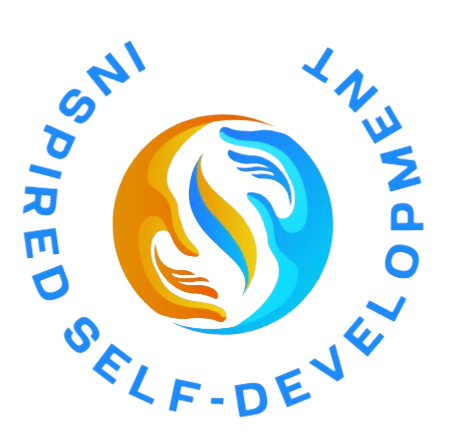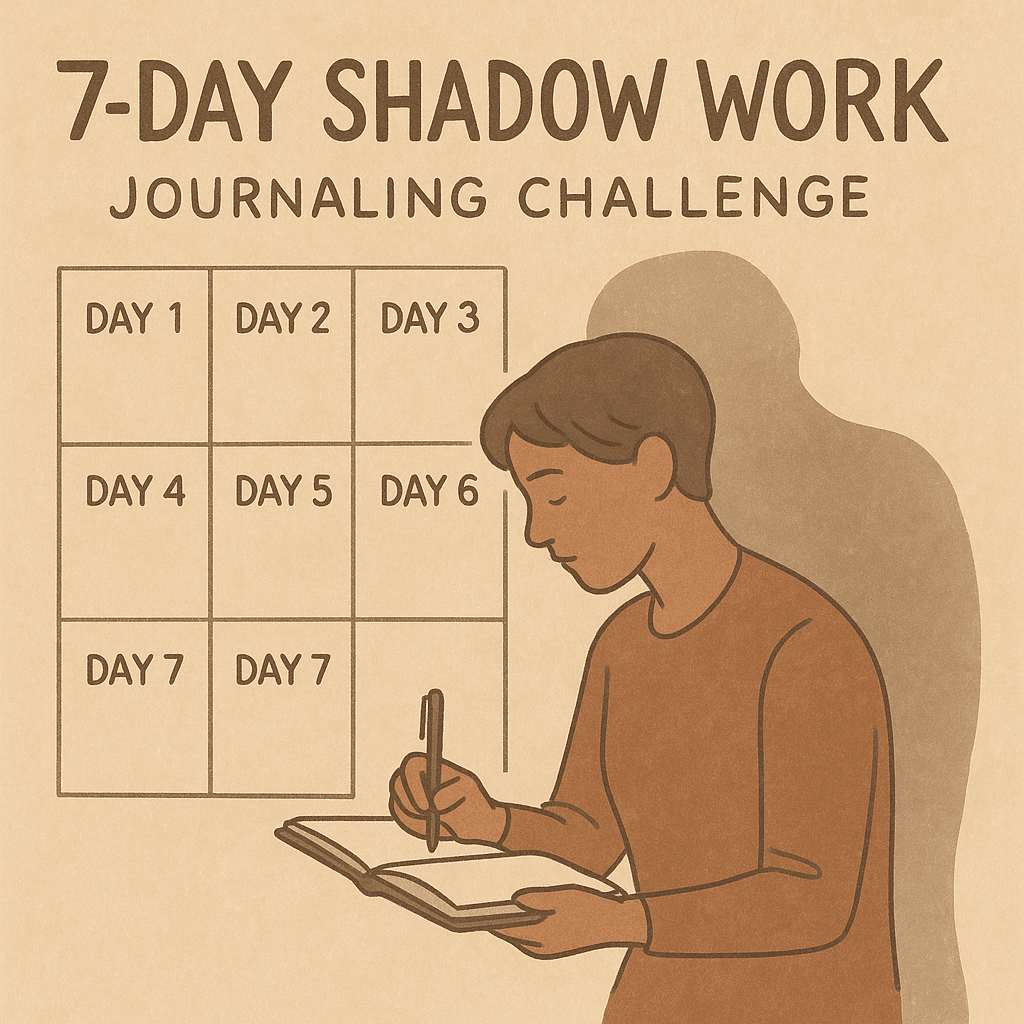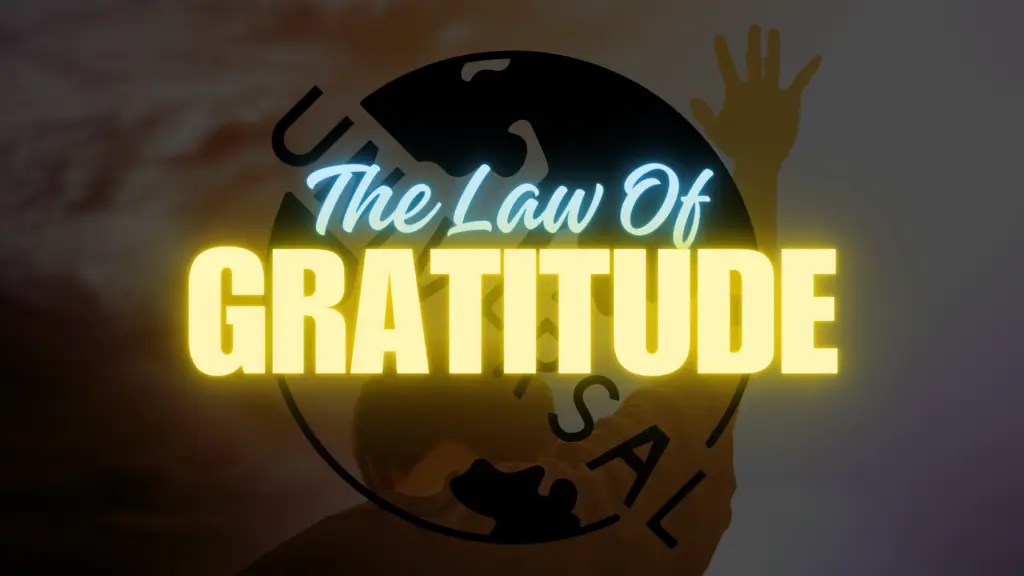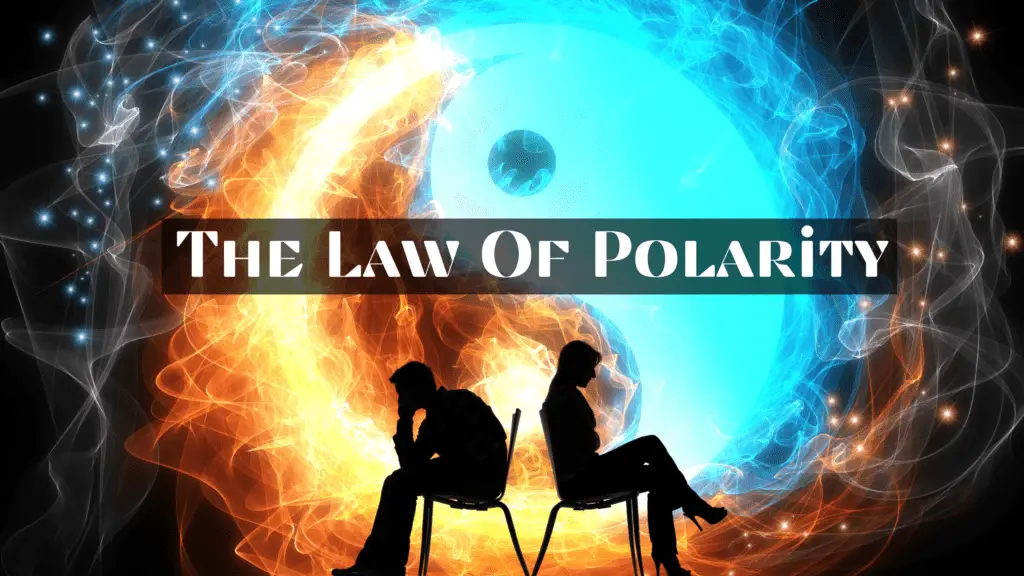A Guided Exploration with Inspired Self Development

- Jose Flores
Share Article:
Reprogramming Your Subconscious
Welcome to a journey of self-discovery and transformation! In our quest for personal growth, we often focus on external strategies and conscious decisions. Yet, there’s a profound aspect of our minds, operating below the surface, which significantly influences our behavior, thoughts, and life outcomes. This hidden powerhouse is our subconscious mind.
While our conscious mind navigates the day-to-day tasks, the subconscious mind is the scriptwriter of our life story, quietly scripting our reactions, habits, and deepest beliefs. But what if we could rewrite this script? What if we could reprogram our subconscious mind to align with our aspirations and dreams?
In this post, we’ll explore the fascinating realm of the subconscious mind. We’ll understand how it shapes our reality, identify the patterns that hold us back, and, most importantly, learn techniques to reprogram it for success, happiness, and personal fulfillment.

What is the Conscious Mind?
Every day, we make countless decisions, solve problems, and navigate the complexities of life. But have you ever stopped to think about what part of your mind is responsible for these activities? This is where the conscious mind comes in.
The conscious mind is like our mental workspace. It’s where we process thoughts, make decisions, and understand the world around us. It’s similar to a computer’s user interface, where we input, process, and output our thoughts and decisions.
This part of our mind is actively involved in thinking, reasoning, and analyzing. It’s the part where we are most ‘awake,’ dealing with the here and now. Our conscious mind lets us focus, plan, and learn from what’s happening around us, using logic and a step-by-step approach.
In decision-making, our conscious mind plays a crucial role. Be it choosing what to have for breakfast or deciding the best route to work, the conscious mind is actively at work. It helps us weigh our options, think about the possible outcomes, and make choices based on this thought process.
However, despite its amazing capabilities, the conscious mind has its limits. It can only handle a certain amount of information at a time and can be influenced by biases and mistakes in judgment. That’s why understanding the subconscious mind is also important.
By understanding the conscious mind, we start to appreciate its role in our day-to-day lives. But it’s important to remember that it’s only one part of the puzzle. A balanced approach, combining the logical and reasoning abilities of the conscious mind with the intuition and depth of the subconscious mind, is essential for a complete and healthy mental state.
What is the Subconscious Mind?

An iceberg, illustrating the concept of the conscious and subconscious mind. The tip of the iceberg above the water represents the conscious mind, while the much larger portion underwater symbolizes the subconscious mind.On the visible tip of the iceberg, above the waterline, representing the conscious mind:"Awareness" "Active Thinking" "Decision Making" "Logical Reasoning" "Short-term Memory" "Voluntary Actions"are the characteristics and functions of the conscious mind, in contrast to the subconscious mind represented by the larger, submerged part of the iceberg.
Have you ever wondered why certain habits or reactions feel almost automatic, or why some dreams seem to hold deeper meanings? These mysteries lie in the realm of our subconscious mind.
The subconscious mind is like the underwater part of an iceberg, hidden yet expansive. It acts as a storage space for all our distant memories, deep feelings, and ingrained habits. Unlike the conscious mind, which is all about active thinking and reasoning, the subconscious operates behind the scenes, influencing much of our behavior without our active realization.
This part of the mind plays a crucial role in how we navigate life. It’s in charge of our automatic skills, such as driving or typing, and deeply influences our emotional responses and habits. The most fascinating part is that most of this happens without any conscious thought from our side.
From the very beginning of our lives, our experiences and the environment around us start shaping our subconscious mind. The beliefs and attitudes we form during childhood, often absorbed from our surroundings, lay the foundation of this inner world. These early impressions have a lasting impact and subtly guide our choices and reactions throughout life.
The power of the subconscious is evident in various aspects of daily life. It’s the instinct that guides you in a situation, the dreams that offer insights into your deeper self, and even those ‘Freudian slips’ that reveal hidden thoughts.
Understanding the subconscious mind is an intriguing journey into the deeper aspects of our psyche. It’s the first step in unlocking its potential, a topic we will explore in the next sections of this post.
Understanding the Differences: Conscious Mind vs. Subconscious Mind
Ever wondered how your brain decides things and why you do things without thinking? Let’s explore the difference between your conscious mind and your subconscious mind. It’s a bit like comparing the boss of a company to the workers.
The conscious mind is like the boss. It’s in charge of making decisions, thinking things through, and handling what you’re focused on at the moment. This part of your mind deals with logic and making choices. For instance, when deciding what to eat for lunch, it’s your conscious mind that’s doing the work.
On the other hand, the subconscious mind is like the workers who do their jobs automatically. It takes care of stuff you don’t usually think about, like breathing, or remembering how to ride a bike. It’s all about habits, feelings, and operates without your direct awareness.
Consider when you learn something new, like playing a new game. Initially, you think about every step, using your conscious mind. But after you play it a lot, you get so good that you do it without much thought – that’s your subconscious mind in action.
Or, think about when you first learned to drive. It required a lot of concentration, right? But as you got used to it, driving became easier, almost automatic. That change is thanks to your subconscious mind.
Now, about memory. The conscious mind is like a small notepad. It can note down a few things but can’t hold onto them for long. That’s why sometimes you forget simple stuff like where you left your keys.
In contrast, the subconscious mind is like a vast storage room. It stores all your memories, even those from when you were very young. It’s excellent at remembering things for a long time and uses these memories to influence how you act and feel.
So, understanding the difference between your conscious and subconscious mind is really interesting. Your conscious mind handles what you are thinking about and deciding right now. Your subconscious mind runs in the background, helping you do things automatically. Together, they work as a team that helps you in your daily life.
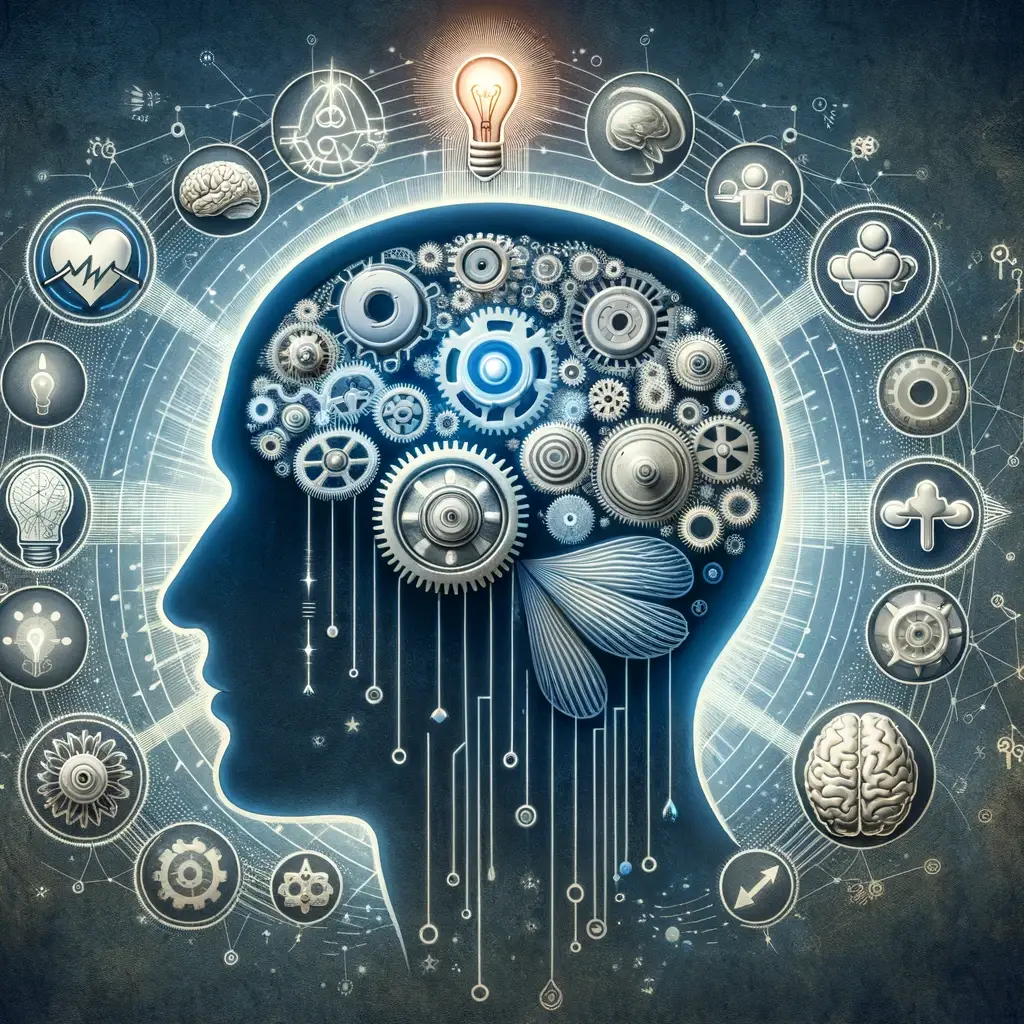
This image is depicting the role of subconscious programming in human behavior and thought. It visually represents the complex and automatic workings of the subconscious mind within the human brain.
The Role of Subconscious Programming
Beneath the surface of our conscious awareness lies a powerful force that significantly influences many of our actions and decisions — our subconscious programming. These are the ‘programs’ in our mind, shaping our lives in profound ways.
Subconscious programming consists of the deep-seated beliefs and habitual behaviors embedded in our psyche. Often referred to as the ‘programs in our mind,’ these automatic scripts run in the background, directing our responses to life’s myriad situations, much like a computer’s operating system silently but powerfully influences the functionality of a device.
From our earliest years, these mental programs begin to form, influenced by our family dynamics, cultural background, and personal experiences. They become the mind’s way of automating how we interpret and respond to the world around us. This programming starts accumulating from childhood and continues to evolve throughout our lives.
The impact of these subconscious programs is extensive and often goes unnoticed. They determine our reactions to stress, how we interact in relationships, and our approach to life’s challenges. For example, a program developed in childhood about self-worth can significantly affect our professional and personal relationships in adulthood.
Unfortunately, not all subconscious programming is positive. Negative patterns, such as a deep-rooted fear of failure or a belief in one’s inadequacy, can limit our potential. These programs often manifest as unexplained anxieties, self-sabotaging actions, or resistance to positive change.
Recognizing the role of these subconscious ‘programs’ is crucial to personal development. In the next sections, we will explore methods to uncover and rewrite these scripts, empowering ourselves towards a more fulfilling and productive life. By understanding and addressing our subconscious programming, we can unlock new levels of self-awareness and open doors to personal growth and improved life satisfaction.
Understanding the subconscious mind is the first step toward harnessing its power for self-improvement. As we delve deeper into this topic, we’ll discover how to identify our own subconscious patterns and learn techniques to reprogram them, paving the way for positive changes in our behaviors, thoughts, and overall life experiences.
Identifying Subconscious Blocks
One of the most transformative steps in personal development is recognizing the subconscious blocks that hold us back. These are the deeply ingrained patterns and beliefs that often limit our potential and hinder our progress. Identifying these blocks is crucial for anyone looking to make meaningful changes in their life.
Subconscious blocks often manifest as recurring challenges or persistent issues in our lives. They could appear as repetitive patterns in relationships, constant financial struggles, or unexplained fears and anxieties. To identify these blocks, introspection and self-awareness are key. Reflecting on our life patterns and emotional responses can reveal underlying subconscious beliefs.
Journaling is a powerful tool in this discovery process. By regularly writing down your thoughts, feelings, and experiences, you can begin to notice patterns and themes that might indicate subconscious blocks. Another effective method is mindfulness and meditation, which allow you to observe your thoughts and feelings without judgment, gaining deeper insight into your subconscious mind.
Professional help, such as therapy or counseling, can also be invaluable in identifying these blocks. Therapists can help uncover deep-seated beliefs and provide strategies for addressing them. Techniques like hypnotherapy or cognitive-behavioral therapy are particularly effective in revealing and dealing with subconscious issues.
Once identified, these subconscious blocks often shed light on why certain areas of life may feel stuck or why certain goals seem unattainable. This understanding is the first step towards reprogramming the subconscious mind, a process that involves replacing negative beliefs and patterns with positive, empowering ones.
The journey to identifying and overcoming subconscious blocks is deeply personal and can be challenging, but it is also incredibly rewarding. It leads to greater self-awareness, personal growth, and the opening up of new possibilities for a more fulfilling life. In the following sections, we’ll explore how to reprogram these subconscious patterns and transform them into stepping stones for success and personal fulfillment.
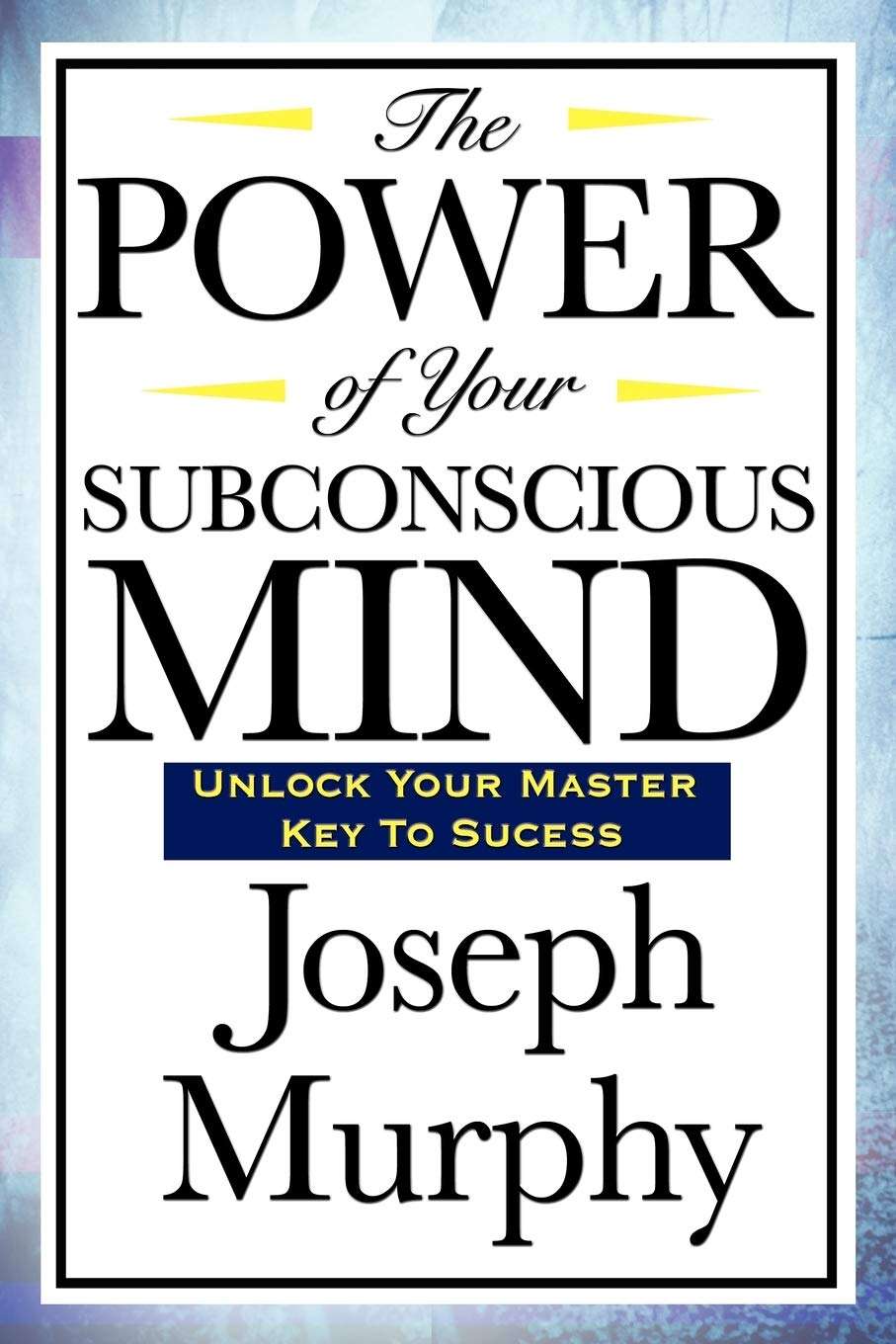
The Power of your Subconscious Mind
The Power of Your Subconscious Mind" by Dr. Joseph Murphy is a seminal work in understanding and utilizing the immense potential of the subconscious mind. This book guides readers through the process of transforming their lives by altering thought patterns. Murphy presents accessible techniques and case studies that demonstrate how the subconscious mind shapes our reality and can be harnessed to improve relationships, financial well-being, and overall health. He emphasizes the power of autosuggestion, affirmations, and visualization to reprogram the subconscious, ultimately leading to profound personal changes and success.For more detailed insights from the book, you can explore further here.
Techniques for Reprogramming the Subconscious Mind
After identifying the subconscious blocks, the next transformative step is to reprogram the subconscious mind. This involves replacing negative, limiting beliefs and patterns with positive, empowering ones. It’s a process that requires consistency and dedication, but the rewards are substantial in terms of personal growth and fulfillment.
Affirmations: One of the most effective techniques for reprogramming the subconscious mind is through affirmations. These are positive, empowering statements that, when repeated regularly, can help to reshape your thought patterns. Affirmations work best when they are specific, in the present tense, and emotionally charged. For example, instead of saying “I will be confident,” a more effective affirmation is “I am confident and capable in all that I do.”
Visualization: Another powerful tool is visualization. This involves mentally picturing yourself achieving your goals and experiencing the associated positive emotions. The subconscious mind often doesn’t distinguish between real and imagined experiences, so regular visualization can effectively reprogram it to align with your aspirations.
Mindfulness and Meditation: These practices help in becoming more aware of your subconscious thoughts and beliefs. Through mindfulness, you learn to observe your thoughts without judgment, understanding their patterns and origins. Meditation can quiet the conscious mind, allowing deeper access to the subconscious, where profound changes can take place.
Hypnotherapy: For deeper subconscious blocks, hypnotherapy can be particularly effective. It involves entering a relaxed, trance-like state where the subconscious mind is more receptive to suggestions. A trained hypnotherapist can guide this process to target specific issues and reprogram limiting beliefs.
Cognitive-Behavioral Techniques: These techniques involve recognizing negative thought patterns and consciously replacing them with healthier, more constructive ones. It’s a practice that combines understanding the subconscious with active, conscious efforts to change thought patterns.
Seeking Professional Help: Sometimes, the assistance of a therapist or counselor can be invaluable in reprogramming the subconscious mind, especially when dealing with deep-rooted issues or trauma.
Reprogramming the subconscious mind isn’t an overnight process; it’s an ongoing journey of self-discovery and improvement. However, the impact of these changes is profound, leading to a life that is more aligned with your true desires and potential. In the next section, we will explore the long-term benefits of successfully reprogramming the subconscious mind and how it can lead to a more fulfilling and successful life.
Through the theta state of mind, you can tap into your subconscious and unlock your full potential, changing limiting beliefs and creating new positive habits. Another alternative is Repetition, start a new habit and do it until its in your subconscious mind. What is Theta? Stay tune for another post about theta. – Bruce Lipton
The Long-Term Benefits of a Reprogrammed Subconscious
The journey of reprogramming the subconscious mind is challenging, yet the long-term benefits it brings are profound and life-changing. By transforming the deep-seated beliefs and patterns within our subconscious, we open doors to a multitude of positive changes in our lives.
Enhanced Personal Growth and Self-Understanding: One of the most significant benefits is the deepened understanding of oneself. This introspective process allows for a clearer perspective on what drives our actions and emotions, leading to greater personal growth.
Improved Mental and Emotional Health: Reprogramming the subconscious mind can lead to reduced anxiety, stress, and depression. By replacing negative thought patterns with positive ones, individuals often experience an overall improvement in their mental health and emotional well-being.
Better Relationships: As we change our internal narratives, it positively impacts our relationships. We become better communicators, more empathetic listeners, and less reactive to the actions of others, fostering healthier and more fulfilling relationships.
Increased Success and Achievement: With the elimination of limiting beliefs, individuals often find themselves more open to opportunities and success. Goals that once seemed unattainable become achievable, and there’s an increased motivation and drive to pursue them.
Enhanced Problem-Solving Skills and Creativity: A reprogrammed subconscious mind can lead to clearer thinking and enhanced creativity. Freed from the constraints of negative thought patterns, individuals often find innovative solutions to problems and express creativity in various aspects of life.
Greater Resilience: The process of reprogramming the subconscious mind also builds resilience. Individuals become better equipped to handle life’s challenges and setbacks, bouncing back more quickly from difficulties.
Healthier Habits and Behaviors: As the subconscious mind influences our habits and behaviors, reprogramming it can lead to healthier lifestyle choices. This might include better eating habits, regular exercise, or quitting negative habits like smoking.
Increased Happiness and Life Satisfaction: Ultimately, the most profound benefit is an overall increase in happiness and satisfaction with life. With a mindset aligned with one’s values and aspirations, there’s a deeper sense of fulfillment and contentment in life.
The journey to reprogram the subconscious mind is not just about overcoming negative beliefs; it’s about paving the way for a life that resonates with one’s true self. It’s about unlocking the potential that lies within each of us and living a life that reflects who we truly are. In the concluding section, we’ll reflect on the transformative power of this journey and the endless possibilities that lie ahead.

Embracing The Transformative Journey
Embracing the Transformative Journey: The Path Ahead
As we conclude our exploration into reprogramming the subconscious mind, it’s clear that this journey is much more than a process of mental adjustment; it’s a transformative expedition towards realizing our fullest potential. The path is not always easy, but the rewards it offers are invaluable and enduring.
Reflecting on the Journey
This journey of reprogramming the subconscious mind requires courage, commitment, and perseverance. It’s a path of introspection and self-discovery, where we confront and replace deep-seated beliefs and patterns that no longer serve us. The process can be challenging, often requiring us to step out of our comfort zones and confront long-held fears. However, it’s through these challenges that we grow and evolve.
The Power of Self-Transformation
The power to change our lives lies within us. By reprogramming our subconscious minds, we unlock the ability to reshape our thoughts, behaviors, and ultimately, our destinies. This self-transformation leads to a life that is not only more aligned with our true desires and aspirations but also richer in fulfillment and purpose.
The Endless Possibilities
As we change our internal scripts, the possibilities for our lives expand exponentially. We begin to see opportunities where we once saw obstacles, solutions where we once saw problems. Life becomes a canvas of potential, waiting for us to paint it with the colors of our newly found perspectives.
A Continuous Process
It’s important to remember that reprogramming the subconscious mind is not a one-time event, but a continuous process. As we grow and evolve, so too will our goals and aspirations. This journey is about lifelong learning and adaptation, constantly aligning our subconscious mind with our evolving selves.
Looking Forward
As we move forward, let us carry the lessons and insights gained from this journey. Let us remain open to the endless possibilities that come with a reprogrammed subconscious mind. The path ahead is bright, filled with potential and promise. Embrace it with an open heart and mind, and let the journey of self-discovery and transformation continue.
Conclusion
As we wrap up our exploration of the conscious mind, it’s fascinating to reflect on how this part of our psyche plays out in our own lives. Personally, I’ve found that understanding my conscious mind has been like getting to know a close friend. It’s been a journey of discovering how my decisions, thoughts, and daily actions are shaped by this intricate and incredible part of me.
For instance, when I’m faced with a tough decision, I now recognize the conscious effort it takes to weigh the options and the logical steps my mind goes through. It’s like watching a skilled conductor orchestrating a symphony – every thought and decision leading to the next in a harmonious sequence. And in those moments when I catch myself forgetting something important, I’m reminded of the limits of this part of my mind – a humbling and sometimes amusing experience.
But, just like a conversation that gets richer with more voices, I’ve learned that the conscious mind is only part of the story. Balancing its logic and reasoning with the intuitive whispers of the subconscious mind adds depth and color to the tapestry of my thoughts and actions. It’s this beautiful dance between the conscious and subconscious that shapes who we are, how we think, and how we experience the world.
So, as you go about your day, I invite you to join me in this fascinating journey of self-discovery. Pay attention to the workings of your conscious mind and how it collaborates with your subconscious. It’s not just a path to better understanding ourselves; it’s a doorway to living a more aware, balanced, and fulfilling life.
Insights from Masters of Mind

Dr. Joe Dispenza
Dr. Joe Dispenza, celebrated for his expertise in neuroscience and change, is widely recognized for his profound insights into the interplay between the brain and body. His pioneering work emphasizes the ability of thought and meditation to effect significant, positive change in our physical and mental states, aligning closely with the themes of understanding and reprogramming the subconscious mind.

Bruce H. Lipton, Ph.D.
Bruce H. Lipton, Ph.D., an acclaimed cell biologist and author, emphasizes the profound impact of the subconscious mind on our health and well-being. His groundbreaking research in epigenetics reveals how our beliefs and environment can influence our cellular functioning, underscoring the significant role of the subconscious in shaping our lives.
Welcome

Hey there! I’m Jose Flores, your guide on this journey of self-discovery and inspired living. As a passionate advocate for personal development, I believe that every small step we take leads to profound transformation. Join me as we navigate the twists and turns of life, uncovering the secrets to self-mastery, mindfulness, and positive growth
Latest Post
Universal Laws
- All Posts
- Mindset Mastery
- Self-Development

Delayed gratification is a powerful skill that can transform your life by prioritizing long-term rewards over immediate desires. Discover its...

Explore practical tips and insights for creating a conducive environment that promotes personal growth and development.

Systematic self-improvement techniques stand out as essential tools for achieving success and fulfillment. These techniques are not just about sporadic...
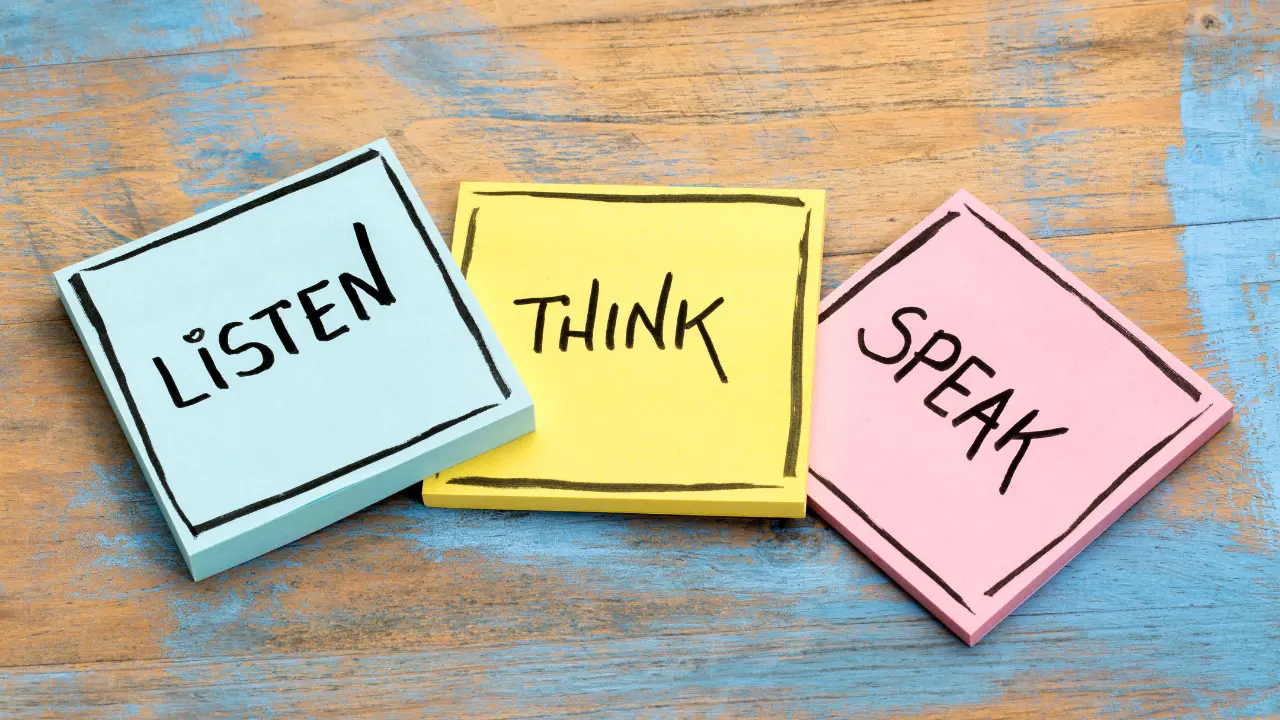
Articulation is not merely about the accuracy of speech; it encompasses the ability to express thoughts in a clear, effective,...

In an age where the written word can be both a sword and a shield, being literate transcends merely being...
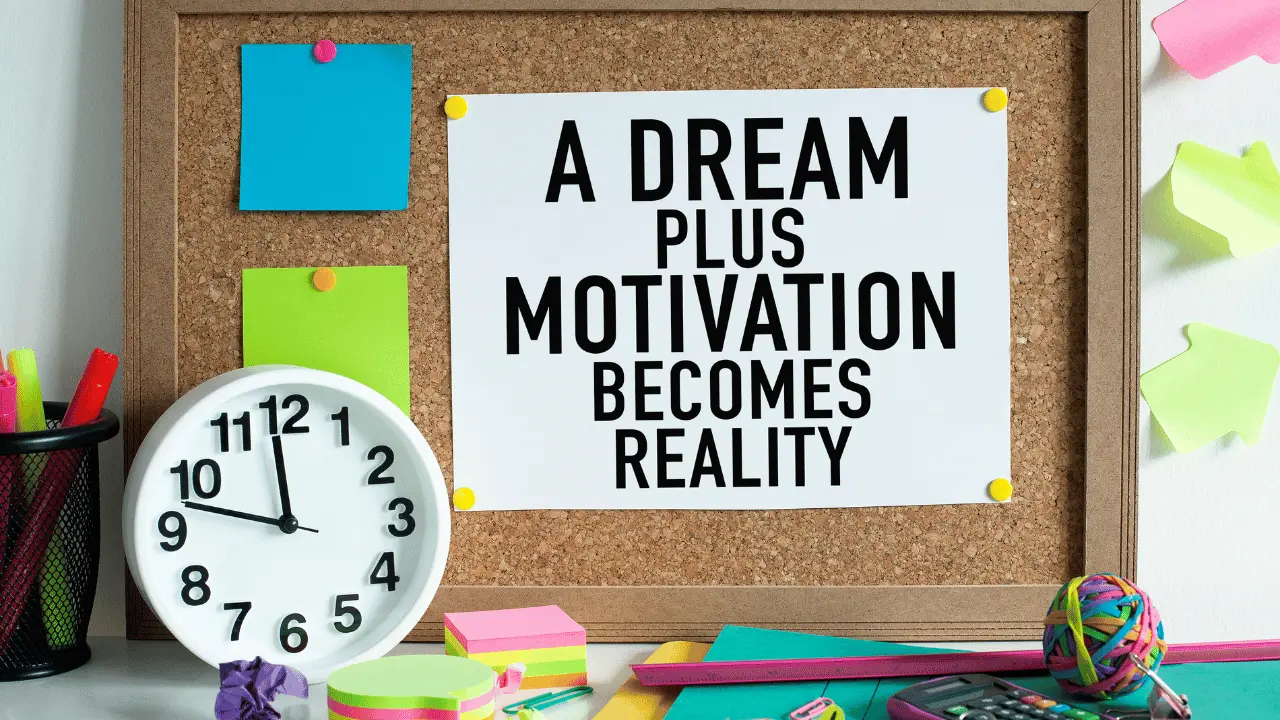
Explore the art of staying motivated with our comprehensive guide, packed with strategies to fuel your drive, set achievable goals,...
